Sports photography allows people to capture amazing moments that occur in a flash. Hockey stands out as one of the most exciting sports to photograph because of its speed, skill, and non-stop action.
For photographers who love sports, hockey offers many chances to take stunning pictures – from players racing across the ice to goalies making impossible saves.
The bright white ice creates a perfect backdrop that makes colorful jerseys stand out in photos.
Hockey arenas also feature special lighting that can enhance the appearance of photographs.
Professional hockey leagues need good photographers for their websites, social media, and team materials.
This guide covers all the basics required to start taking great hockey photos.
With practice and the right guidance, anyone can develop an impressive hockey photography portfolio that showcases both technical skills and a passion for the game.
Why Hockey Photography Differs from Normal Photography?
Hockey photography presents unique challenges that set it apart from regular photography sessions.
Hockey is incredibly fast-paced – players move at high speeds, making it difficult to track and focus on the action.
Hockey rinks have challenging lighting conditions, with bright ice surfaces but darker surroundings, creating difficult exposure situations.
Shooting through plexiglass barriers can reduce image quality and cause unwanted reflections.
The unpredictable nature of the game means photographers must constantly anticipate where the action will move next.
Indoor arenas often have artificial lighting that can create color cast issues in photos.
The confined space around hockey rinks limits movement and positioning options.
These factors make hockey photography more technically challenging than portrait or landscape photography, where subjects are stationary or slow, and lighting is easier to control.
Essential Gear for Hockey Photography
The right equipment makes a huge difference when photographing hockey games.
Having proper gear helps capture clear, exciting images even in challenging rink conditions.
- Camera with fast autofocus and good low-light performance
- Telephoto zoom lens (70-200mm is ideal)
- Fast lens (f/2.8 or faster) to handle indoor lighting
- Monopod for stability during long games
- Extra camera batteries as cold arenas drain power faster
- Memory cards with large capacity and fast write speeds
- Lens cleaning supplies for removing condensation
- Protective gear for equipment (think padding for bumps)
- Comfortable shoes for standing throughout games
Investing in quality gear can dramatically improve your photos, but remember that understanding the game of hockey and developing good technique are just as important as having expensive equipment.
Best Camera Settings to Capture the Action
Getting the right camera settings helps freeze fast hockey action while maintaining image quality.
The indoor lighting of ice rinks, combined with the quick movements of players, requires specific technical adjustments to your camera.
1. Shutter Speed
Shutter speed controls how sharply motion is captured.
For hockey, use at least 1/1000th of a second to freeze fast action, such as skating and puck movement. Slower speeds cause motion blur, which can reduce image clarity.
Balancing shutter speed, aperture, and ISO ensures proper exposure.
2. Aperture
A wide aperture (like f/2.8 or f/4) allows more light to enter, which is crucial in dim hockey arenas. It also creates a shallow depth of field, isolating players from distracting backgrounds.
However, very shallow depth of field requires precise focusing on fast-moving subjects.
Aperture works hand-in-hand with shutter speed and ISO.
3. ISO
ISO adjusts your camera’s sensitivity to light.
Higher ISO settings (ISO 3200 or above) help capture well-exposed images in low light, but can introduce grain or noise.
Modern cameras handle high ISO better, so raise it just enough to maintain fast shutter speeds without sacrificing quality.
4. White Balance
Arena lighting can cause unnatural color casts on ice and the jerseys worn by players.
Setting a custom white balance or using presets helps ensure accurate colors.
Shooting in RAW lets you fine-tune white balance during editing for crisp, true-to-life images.
5. Focus Mode
Use continuous autofocus (AF-C or AI Servo) to track moving players effectively.
This mode keeps adjusting focus as subjects move quickly across the rink. Features like face or eye detection can improve accuracy.
Practice your camera’s focus system to consistently capture sharp action shots.
Choosing the Right Capturing Position
Picking the best spot to shoot from greatly impacts hockey photos.
Adjust your position according to the match to maximize clicks!
- Behind the goals offers dramatic shots of scoring attempts and goalie saves. The corners of the rink provide good angles for action along the boards and face-offs.
- Center ice positions work well for capturing breakaways and team formations. Higher positions in the stands give a wider view of plays developing across the ice.
- Lower positions near the glass create more dramatic, close-up action shots with better backgrounds. For capturing fan reactions, shooting from near the team bench areas works best.
- Different positions work better for different types of shots – goal celebrations look best from behind the net, while checking and physical play shows up better from corner positions.
Moving around during breaks helps capture a variety of perspectives throughout the game.
Post-Processing for Vibrant Hockey Photos
After taking photos at the hockey game, editing them makes them look even better before sharing them with others.
Post-processing helps resolve common issues with hockey photos, making the colors and action stand out more.
Adobe Lightroom works great for basic adjustments like brightness, contrast, and color correction.
The white ice often tricks cameras, making photos look too dark, so brightening is usually needed.
Photoshop offers more advanced editing options for removing unwanted elements like scratches on plexiglass or distracting signs.
Illustrator can help create graphics to combine with photos for team posters or promotional materials.
When editing hockey photos, focus on making the team colors pop against the white ice background.
Sharpen action shots carefully to keep them looking natural.
Many photographers develop special presets or actions to speed up editing similar hockey images.
Remember that good editing enhances photos, but shouldn’t completely alter how they originally looked.
Safety and Etiquette at the Rink
Staying safe and respectful while photographing hockey games protects both the photographer and others at the rink. Following proper behavior ensures everyone can enjoy the game.
Good etiquette includes arriving early to set up without disrupting pre-game activities.
Always respect areas marked as “off-limits,” such as team benches or locker rooms, unless you have been given special permission.
Keep conversations quiet during play and save equipment adjustments for breaks in action. Never argue with officials or rink staff about access.
How to Maintain Your Safety at The Rink?
Before capturing the action on the ice, it’s important to prioritize your own well-being.
Hockey rinks can be unpredictable environments, so staying safe is key.
- Never stand where shots or players might hit you – stay in designated photography areas.
- Avoid using flash photography, as it can distract players and pose a safety risk during play. Follow all NHL or local rink guidelines about approved lens sizes and equipment.
- Many professional venues limit the size of lenses allowed or require special credentials.
- Wear appropriate clothing for cold ice rinks, including non-slip footwear for walking on potentially wet surfaces.
- Respect the viewing experience of paying fans by not blocking their view with equipment.
- Ask permission before photographing youth players or entering team areas. Never interfere with the game or distract players to gain an unfair advantage.
Being polite to rink staff often leads to better access and shooting positions.
Final Shots
Hockey photography combines technical skill with sports knowledge to capture exciting moments on ice.
Every hockey game tells many stories – from the intensity in players’ eyes to the explosion of joy after scoring a goal.
The challenges of hockey photography make successful shots even more rewarding.
The contrast between the white ice, colorful jerseys, and the drama of the game creates visual magic in photos.
Developing skills in hockey photography teaches patience, timing, and how to work in difficult conditions.
These skills transfer to many other types of photography.
The hockey community highly values good photographs that showcase their sport.
For photographers looking to expand their skills or portfolio, hockey offers infinite creative opportunities.
Start practicing these techniques at local games before moving to bigger venues.
With dedication and the right approach, amazing hockey photos await – so grab that camera and head to the rink!
Frequently Asked Questions (FAQs)
What Type of Memory Cards Are Best for Hockey Photography?
High-speed SDXC UHS-II or CFast cards are ideal for capturing bursts of images.
Go for at least 128GB to handle RAW image files comfortably.
How Can I Protect My Camera Gear in Cold, Rink-Environment Conditions?
Use weather-sealed gear and keep silica gel packs in your bag to reduce moisture.
Store extra batteries in a warm, dry pocket and use lens covers when not in use.
Should I Shoot in RAW or JPEG for Hockey Games?
Shoot in RAW for better flexibility in post-editing. JPEG is faster for quick delivery but offers less editing control.
How Do I Deal with Reflections on The Glass when Shooting?
Use photo holes when available, or a lens hood, to reduce reflections.
You can also shift angles slightly or fix glare during editing.
What’s the Best Way to Practice Hockey Photography on A Budget?
Photograph local amateur games for a free experience.
Use entry-level telephoto lenses and offer to shoot for community or school teams.
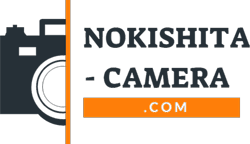



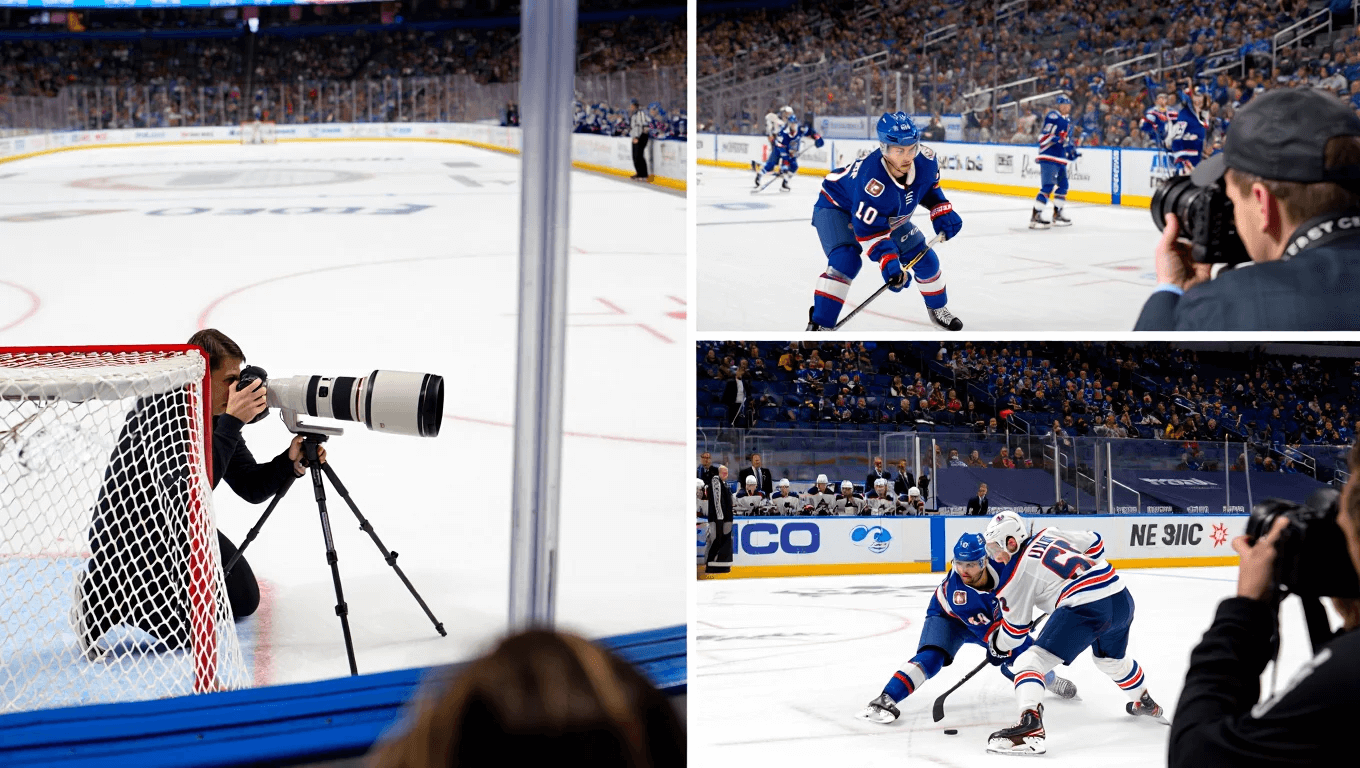

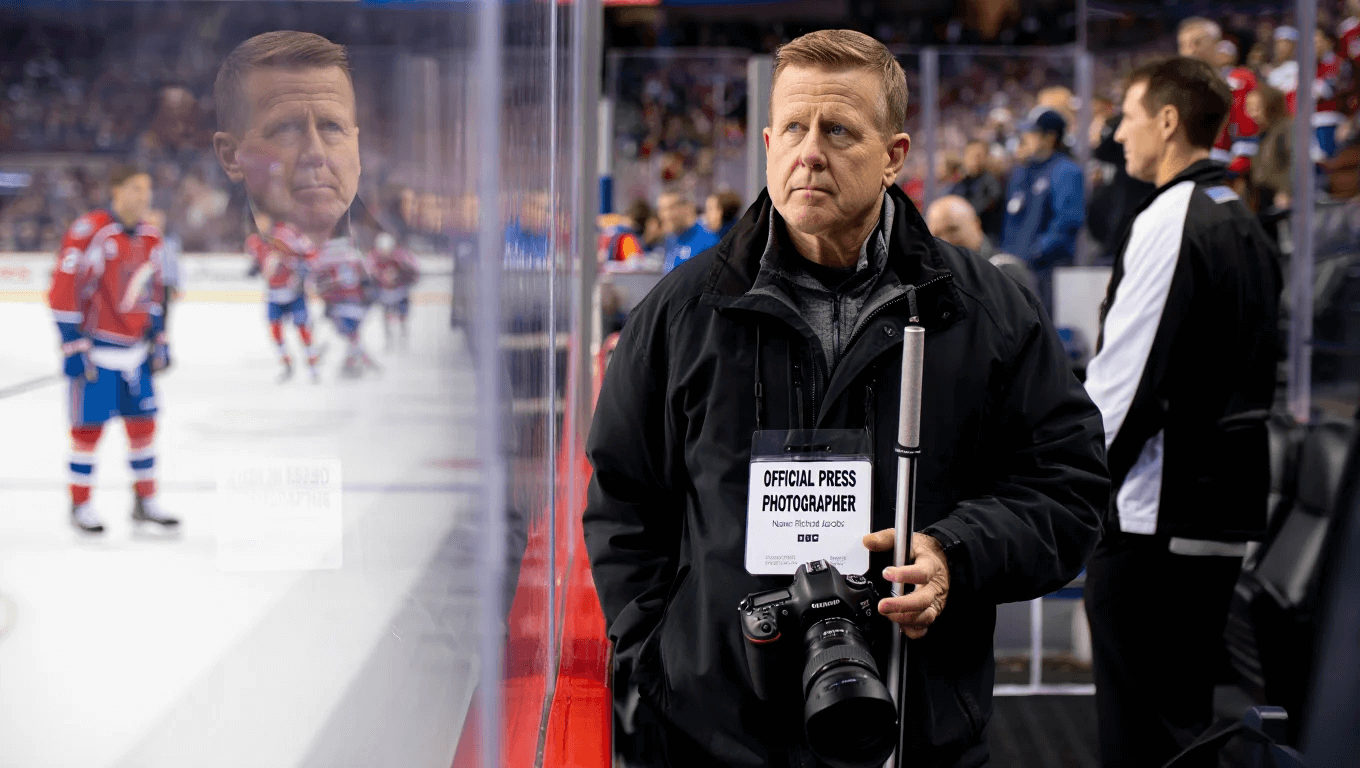

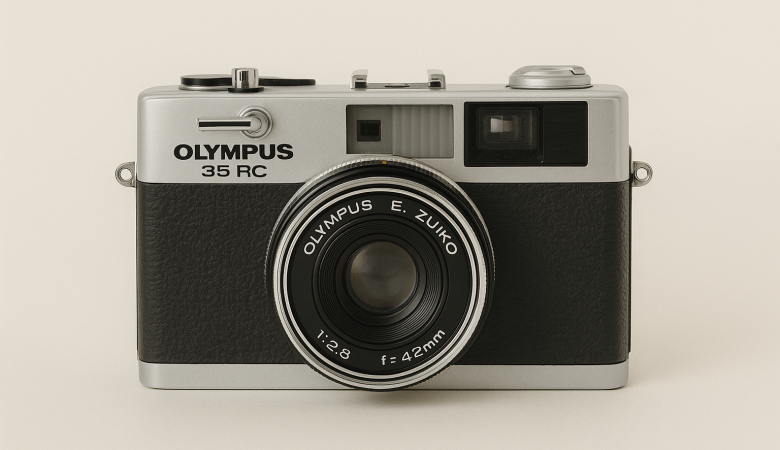
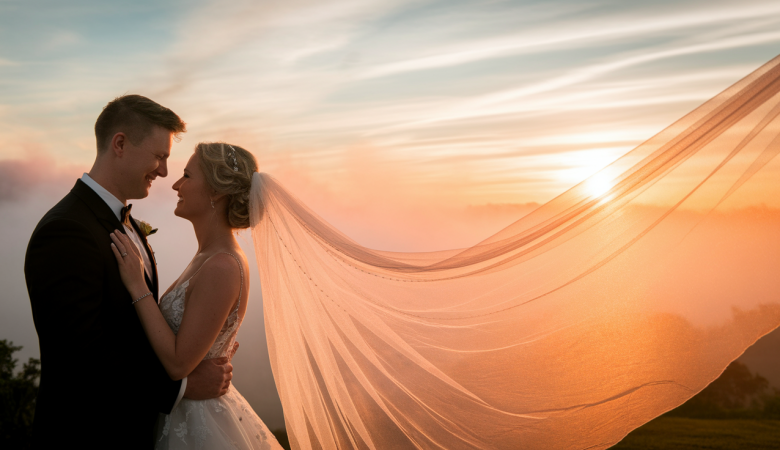
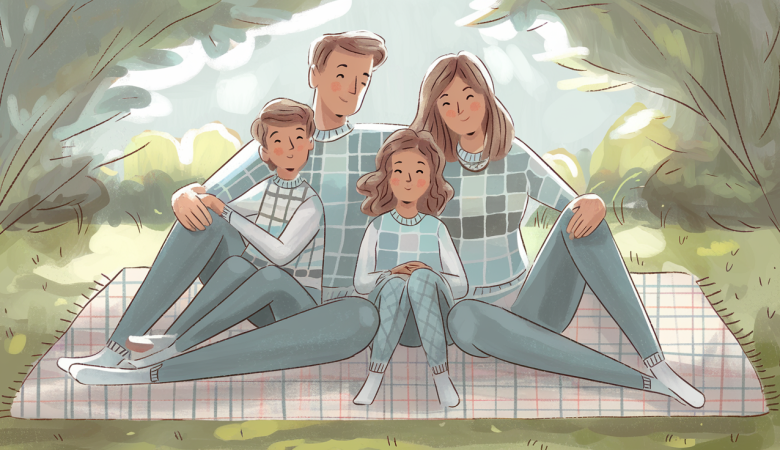
Leave a Reply